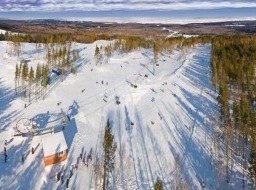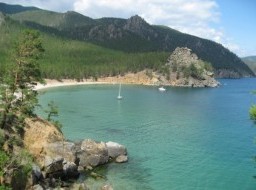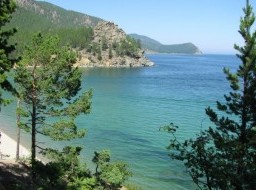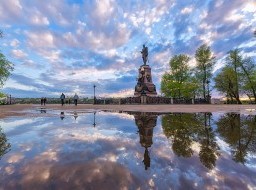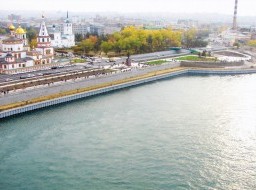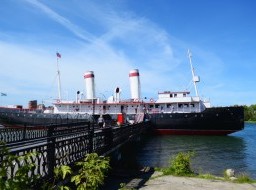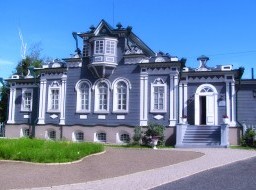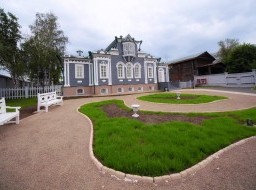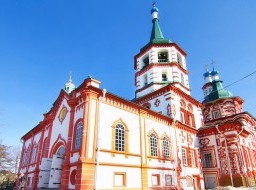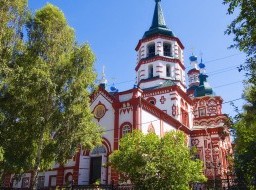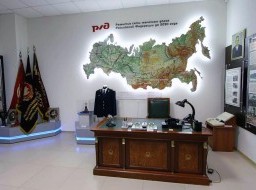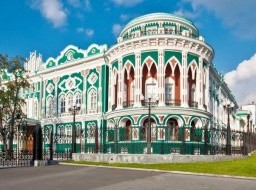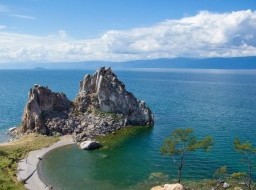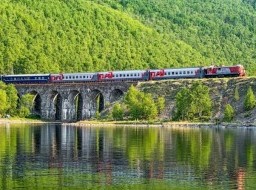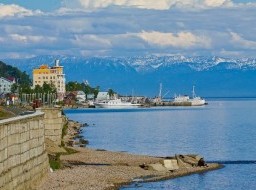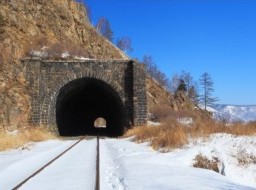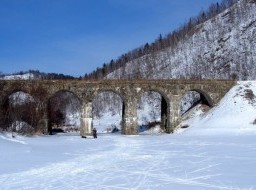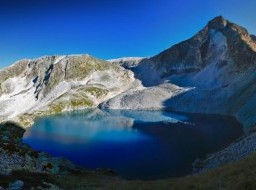Karl Marks Street
Before the Revolution, Karl Marx Street in Irkutsk was called Bolshaya Pershpektivnaya Street (Big Perspective Street) or simply Bolshaya Street (Big Street), and not for nothing: it was located between the Angara and Ushakovka rivers and was home to the most prominent buildings of the city. Those that have survived up to the present day, now stand on Karl Marx Street. Today, this street is considered a historical and architectural reserve area and the central artery of the city. At the beginning of Karl Marx Street there stands a White House built by Giacomo Quarenghi, the "father" of the Smolny Institute and the Hermitage Theater in St. Petersburg. The building of the early XIX century, intended for the industrialist Sibiryakov, served as a residence of the East Siberian governor-generals in the 1870s. Today it houses a library. Nearby there is one of the oldest buildings in the city, the former School for Noble Maidens, built in the middle of the XIX century by the first Buryat architect Razgildeev. Now it is the building of Irkutsk University. Among the most notable buildings on Marx Street is the ensemble of the Museum of the East Siberian Department of the Imperial Russian Geographical Society, built in the Moorish style in the late 19th century: the main building, the house of the museum keeper and the fence. At the intersection of Karl Marx and Lenin Streets there stands a monument to the leader of the world proletariat. It may seem familiar to those who ever visited Voronezh, as there stands exactly the same monument. Irkutsk Lenin is the author's copy of the Voronezh creation by sculptor Tomsky. The monument was opened in 1952, and according to the urban legend, which has no confirmation, the dismantled monument to Emperor Alexander III served as a material for it. |
|




